John Hurrell – 29 July, 2024
Amongst her ten paintings are three less formally or processually complicated works. They feature wide vertical rectangular slabs centred on the canvas so that the surrounding white border is more-or-less evenly distributed. However, within those slice-like ‘slabs' is much agitated movement of pigment that rewards close examination. Plus there are many slivers of underlapping colour peeking out from beneath the edges of each of these solo glossy rectangular forms.
Marie le Lievre is well known for her sensuous atmospheric paintings of dark coloured liquid swathes, juxtaposed and heaped up precariously like abandoned piles of boxes. From her chosen title she obviously sees herself as a pirate or burglar, and her accumulated ‘stolen treasures’ restlessly shuffle around in wonky stacks within the stretchers, each jostling rectangular coloured shape enclosing swirling, mottled or dribbling transparent oil paint.
The vibrancy of her compositions comes from the shapes’ interaction with the white canvas support that peeks through unpredictably from behind the poured-on (but carefully manipulated) forms. In these stacked assortments, only rarely does one colour dominate a single shape. Within the groups, the multicoloured forms (often independent but sometimes connected by stumpy stalks) showcase the churning, oozing and mingling of cascading streaking chroma, and occasionally, even the veinlike feathery textures of decalcomania (once made famous by Max Ernst).
Amongst her ten paintings are three less formally or processually complicated works. They feature wide vertical rectangular slabs centred on the canvas so that the surrounding white border is more-or-less evenly distributed. However, within those slice-like ‘slabs’ is much agitated movement of pigment that rewards close examination. Plus there are many slivers of underlapping colour peeking out from beneath the edges of each of these solo glossy rectangular forms.
In one work she incorporates a wide cluster of leaning pencil lines positioned on the white canvas vertically beneath a large dark suspended hovering shape, alluding, surprisingly perhaps, to wind-blown long grass or falling raindrops.
It is important to note that Le Lievre’s glasslike liquid colour is placed on top on the primed canvas and doesn’t soak into it. There is nothing fuzzy or Rothkoesque going on. Edges are clear and each glittering application has a cross-sectional thickness clearly visible from the side.
These are moody (at times ominous) images because of their dominant tonal values, but they also are akin to transparent, thoroughly sucked lollipops with fruity flavours and curving edges; and thus joyous. Even to adults.
Such contrasting aspects aren’t incompatible. If you had the aforementioned sticky treat in front of you, you might not find a lot of visual interest, though you might try squizzing with a magnifying glass. Openly gorgeous, Le Lievre’s dynamic compositions on the other hand, revel in overpoweringly glowing translucent colour, big wobbly piled up shapes that tetter on the verge of falling, and delicately streaky or speckled textures.
Le Lievre’s confident grunty scale thus encourages a prolonged close inspection of surface, as does the vague sense within each, of a very short-lived, temporary, compositional balance about to collapse—an impending (fast approaching) disaster in the placement of forms. This understated tension (from an imagined animated narrative of moving shape) contributes to their success; a mentally-pictured knife-edged fulcrum briefly maintaining a morphological and processual, but stabilised, continuity that is perhaps soon about to cease.
John Hurrell
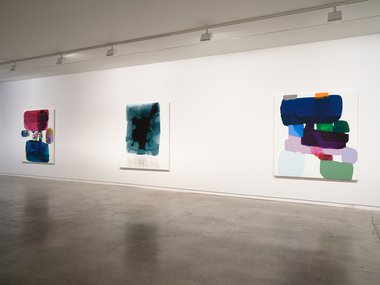
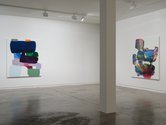
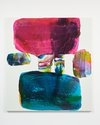
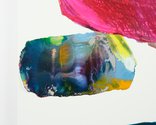
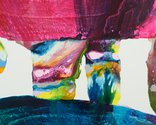

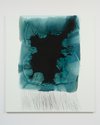
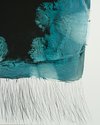
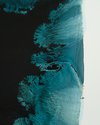
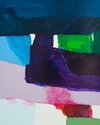
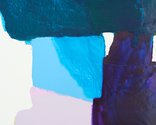

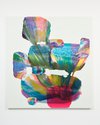

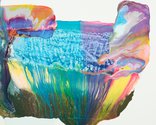
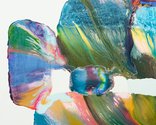
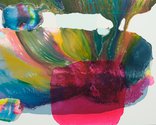
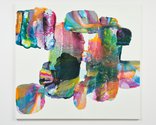

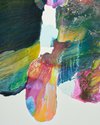
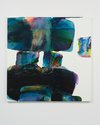
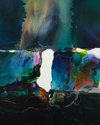


 Advertising in this column
Advertising in this column Two Rooms presents a program of residencies and projects
Two Rooms presents a program of residencies and projects



This Discussion has 0 comments.
Comment
Participate
Register to Participate.
Sign in
Sign in to an existing account.